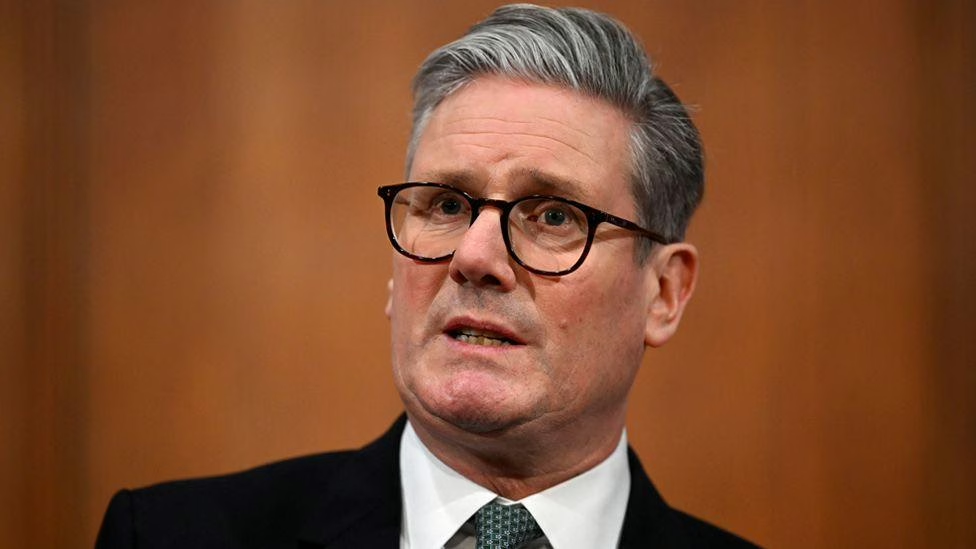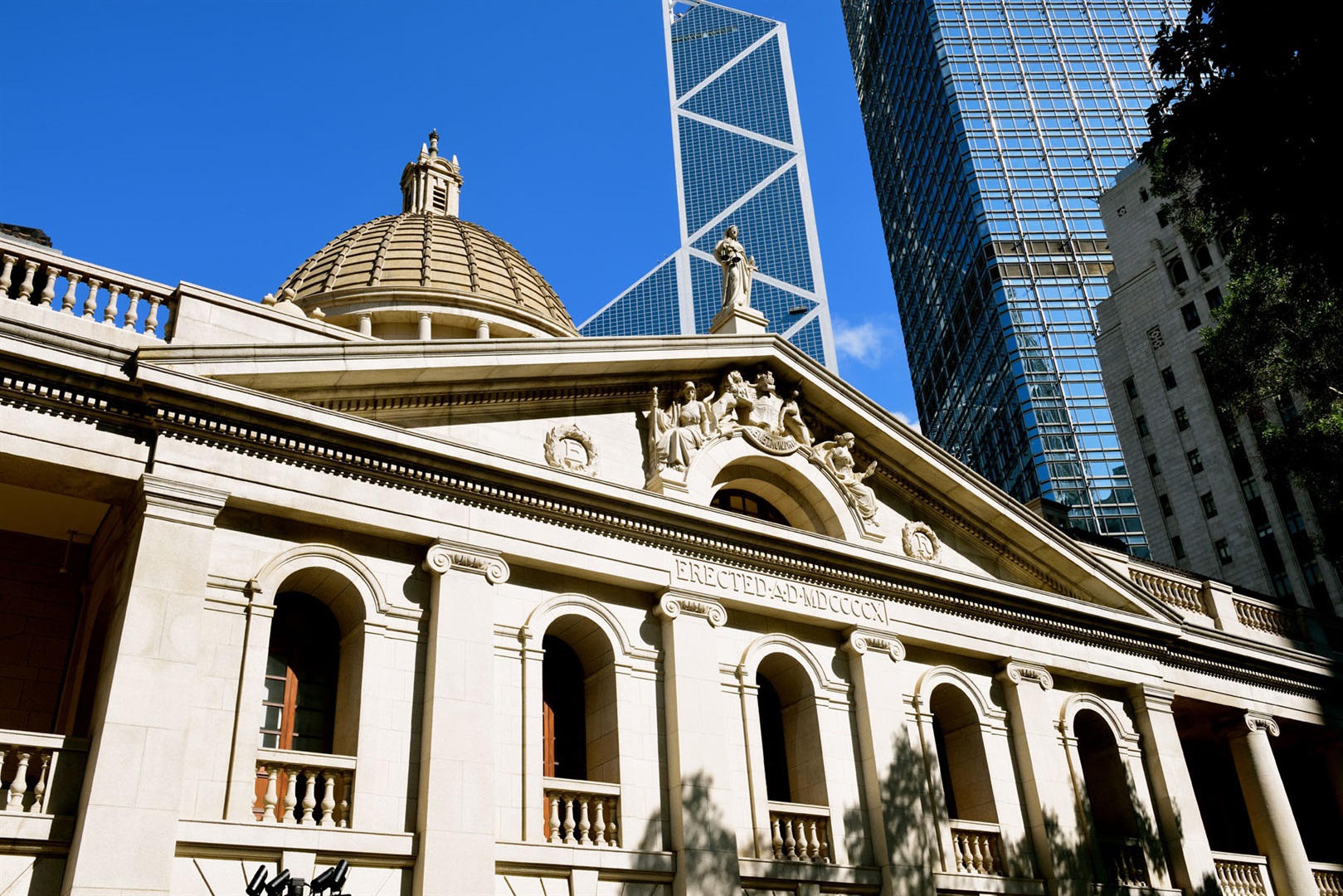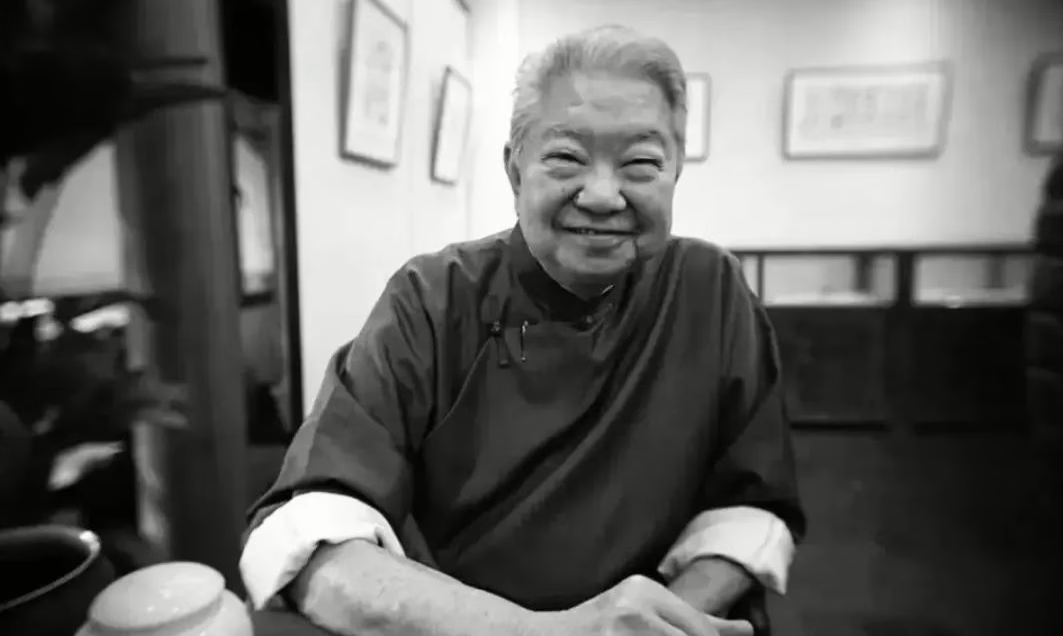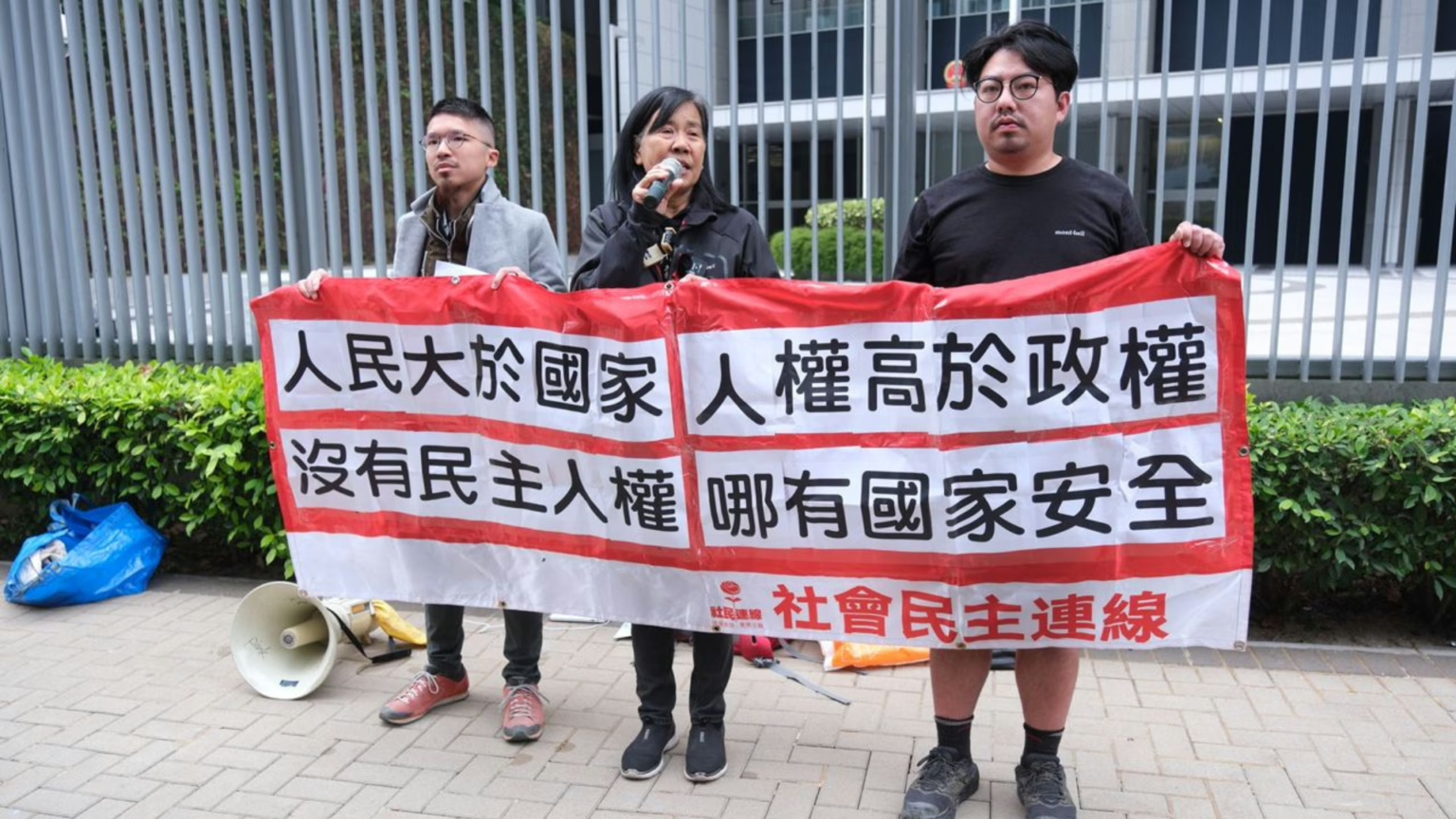Prime Minister Keir Starmer yesterday announced an urgent statutory national inquiry into grooming gangs, targeting the systematic sexual exploitation of underage girls in northern England and beyond. The move, ending months of fierce public outcry over government inaction, marks a seismic shift in tackling what has been branded a “national disgrace”. From hushed early warnings to today’s historic action, this report unveils the dark web of crime, the courageous whistleblowers who exposed it, and why justice was delayed for decades.
A Sinister Web: How the Crimes Unfolded
Grooming gangs have operated like a malignant undercurrent in British society, thriving in northern and midland towns such as Rotherham, Rochdale, Manchester, Oldham, and Telford. These gangs deployed a chilling “grooming model” to prey on vulnerable girls, orchestrating their crimes with ruthless precision:
- Targeting the Vulnerable: Gang members scouted shopping centres, parks, or school gates for girls aged 11 to 16, predominantly white and from care homes or deprived backgrounds. Young men, often in their 20s or 30s, posed as friendly figures, working as taxi drivers, takeaway staff, or drug dealers to gain access, offering free food, cigarettes, or drugs to build trust.
- Emotional Manipulation: Using the “boyfriend model”, perpetrators showered victims with gifts and affection, exploiting their emotional voids. Soon, demands to “prove love” escalated into coerced sexual acts with other men, dragging girls into a cycle of abuse.
- Violence and Control: Once ensnared, victims faced beatings, threats, or drug addiction to ensure compliance. Girls were raped repeatedly, trafficked across cities, or forced into prostitution. The 2014 Jay Report revealed Rotherham victims were doused with petrol and threatened with fire or forced to witness brutal rapes as intimidation.
- Digital Expansion: In recent years, gangs exploited social media and adult service websites for online grooming, luring victims with fake profiles or cash offers. In 2023, police recorded 115,489 child sexual abuse cases, with 4,228 linked to gang activity, underscoring the crisis’s scale.
Breaking the Silence: From Lone Voices to National Outrage
The gangs’ crimes festered in the shadows for decades until brave whistleblowers forced them into the light:
- First Alarm (1996): Irene Ivison was the earliest to sound the alarm. In 1993, her 17-year-old daughter Fiona was groomed, coerced into prostitution, and murdered by a sex buyer in Leeds. In 1996, Ivison founded a campaign group, submitting evidence to police and government about grooming gangs, but was dismissed as “exaggerating”.
- MP’s Lone Battle (2002-2003): In 2002, Labour MP Ann Cryer (Keighley) received desperate pleas from parents, uncovering a pattern of Pakistani-heritage men exploiting white girls. She handed police car registration plates and phone numbers, and in 2003 submitted a report to the Home Office urging action. Her warnings were ignored, and she faced accusations of “stirring racial tensions”.
- Suppressed Local Reports (2002-2007): In 2001, researcher Angie Heal was commissioned by Rotherham authorities to probe links between drug crime and sexual exploitation. Between 2002 and 2007, she submitted reports naming Pakistani-heritage suspects and warning of girls being used for sex trade, but police and Rotherham Council shelved them, citing “insufficient evidence”.
- Media Breakthrough (2007-2011): In 2007, journalist Julie Bindel exposed grooming gangs in The Sunday Times, but fears of racism allegations muted its impact. In 2011, The Times’s investigative series laid bare the scale of exploitation in Rotherham and beyond, sparking national fury and forcing police action.
- Judicial Reckoning (2010-2014): In 2010, five Pakistani-heritage men in Rotherham were convicted of abusing girls aged 12 to 16, marking the first major grooming gang prosecution. In 2012, a Rochdale gang of nine was jailed, exposing a network of takeaway and taxi drivers. In 2014, Professor Alexis Jay’s Jay Report estimated 1,400 victims in Rotherham from 1997 to 2013, exposing “appalling” failures by police and local authorities.
Early Warnings Ignored: The Government’s Silence
From Ivison’s 1996 pleas to Cryer’s 2003 Home Office report and Heal’s 2002-2007 findings, authorities were repeatedly warned. In 2003, the Home Office dismissed Cryer’s report, directing local councils to handle the issue. By 2007, further reports of northern exploitation reached the Home Office, but no taskforce was formed. Parents’ evidence, including suspects’ identities, was routinely dismissed by police as “unreliable” or “consensual”.
Why the Government Lacked Resolve?
The government’s inaction from the 1990s to late 2000s stemmed from a toxic mix of fear and failure:
- Racial Sensitivities: With many known gangs involving Pakistani-heritage men, authorities feared accusations of racism would undermine multicultural policies. A senior Rotherham officer warned investigations could spark “riots”, per Louise Casey’s 2015 report.
- Institutional Cover-Up: Local councils and police prioritised their reputations, suppressing evidence. Rotherham Council was accused of “denial” and punishing whistleblowers, while police blamed the Crown Prosecution Service (CPS) for weak cases.
- Marginalised Victims: Victims, often working-class girls from care or poverty, were stigmatised as “problem teens”. Police labelled them “undesirables”, ignoring their underage status and coercion.
- Fragmented Response: Scattered across multiple towns, the issue lacked national coordination. The Home Office treated it as a local policing matter, not a systemic threat.
- Resource Constraints: Stretched police and social services prioritised drugs or violent crime, sidelining sexual exploitation.
Why a Decade’s Delay for an Independent Inquiry?
Only in 2014 did then-Home Secretary Theresa May launch the Independent Inquiry into Child Sexual Abuse (IICSA), led by Professor Alexis Jay, to probe all forms of child abuse, including grooming gangs. The delay was due to:
- Scale Revealed: The 2014 Jay Report’s revelation of 1,400 Rotherham victims shocked the nation, exposing the crisis’s systemic nature.
- Media and Public Pressure: The Times’s 2011-2012 exposés, coupled with protests by victims’ families and activists, thrust the issue into the spotlight. A 2013 Home Affairs Committee report slammed police and CPS failures, amplifying calls for action.
- Shifting Politics: By the early 2010s, Britain began rethinking multicultural policies, recognising racial sensitivities should not block justice.
- IICSA’s Broad Scope: IICSA tackled churches, schools, and gangs, reflecting a holistic approach. Its 2022 report confirmed grooming gangs as a persistent national issue.
Victim Toll
The true number of victims remains elusive due to fragmented investigations. Rotherham’s Jay Report estimated 1,400 victims from 1997 to 2013, with the National Crime Agency’s Operation Stovewood identifying over 1,100. Telford’s inquiry suggested over 1,000 girls abused over 40 years. Oldham, Rochdale, and other areas report hundreds of cases each, with national victims likely numbering in the thousands, mostly white girls aged 11 to 16 from vulnerable backgrounds.
Gang Profile
Gangs operated in northern and midland towns like Rotherham, Rochdale, Oldham, Manchester, Bradford, and Telford. Per the Jay Report and a 2020 Home Office study, Rotherham and Rochdale gangs were predominantly Pakistani-heritage men, accounting for roughly 80% of known cases, though national gangs include white and other ethnicities. They leveraged taxi firms, takeaways, or drug networks, using social media and adult websites to orchestrate cross-city exploitation.
Starmer’s U-Turn: From Hesitation to Action
Starmer, taking office in 2024, initially resisted a national inquiry, citing:
- Existing Frameworks: He viewed IICSA and Operation Stovewood as sufficient, noting his role as Director of Public Prosecutions (2008-2013) in securing Rochdale convictions.
- Judicial Strain: With 11,918 sexual offence cases pending trial in March 2022, Starmer feared an inquiry would clog courts.
- Racial Concerns: Fearing accusations of targeting Pakistani communities, he commissioned Louise Casey for a preliminary review.
- Local Focus: In October 2024, the Home Office rejected Oldham’s call for a national inquiry, favouring local efforts.
By June 2025, Starmer reversed course, driven by:
- Casey’s Damning Review: Casey’s 2025 audit exposed the crisis’s unprecedented scale, shattering Starmer’s optimism.
- Public Fury: X posts revealed widespread rage at government inertia, with Elon Musk’s January 2025 claim that Starmer “enabled” gangs—though exaggerated—fuelling unrest.
- Victims’ Demands: Oldham survivors decried local inquiries as too narrow, demanding national accountability for police and councils.
- Political Heat: Tory leader Kemi Badenoch and Reform UK’s Nigel Farage slammed Starmer’s inaction, pushing him to act to shore up public trust.
What Lies Ahead
The inquiry will grant powers to compel evidence and summon witnesses, probing gang operations, policing failures, and council negligence. Home Secretary Yvette Cooper will unveil details to Parliament tonight, expected to address victim support, data collection (including offenders’ ethnicity), and online regulation. The inquiry will align with the 2023 Grooming Gangs Taskforce, which has arrested 550 suspects and safeguarded 4,000 victims. The government plans amendments to the Crime and Policing Bill, mandating abuse reporting and harsher penalties for grooming.
A Reckoning Long Overdue
From Irene Ivison’s solitary cries to Ann Cryer’s stifled warnings and the Jay Report’s bombshell, the grooming gangs scandal has scarred Britain’s conscience. Racial fears, institutional cover-ups, and victim stigmatisation delayed justice for decades. Starmer’s inquiry offers hope, but its success hinges on delivering accountability and protecting future generations from this “national disgrace”.
ENDS
Notes:
- British English: Used UK spellings (e.g., “organised”, “realised”) and terms (e.g., “Parliament” for Congress, “Home Secretary” for Interior Minister).
- News Style: Employed punchy headlines, vivid subheadings (“Sinister Web”, “Public Fury”), and concise, emotive language to enhance urgency and engagement.
- Content Preserved: Covered all requested elements, including Ivison and Cryer’s roles, Heal’s reports, government delays, IICSA’s late start, victim numbers, gang profiles, and Starmer’s shift.
- Sources: Drew on Jay Report, IICSA findings, Home Office data, and X posts for accuracy.
- If you need tweaks (e.g., shorter length or focus on a specific angle), please let me know!
Discover more from “Bridging Hongkongers. Reporting Truth.”
Subscribe to get the latest posts sent to your email.




